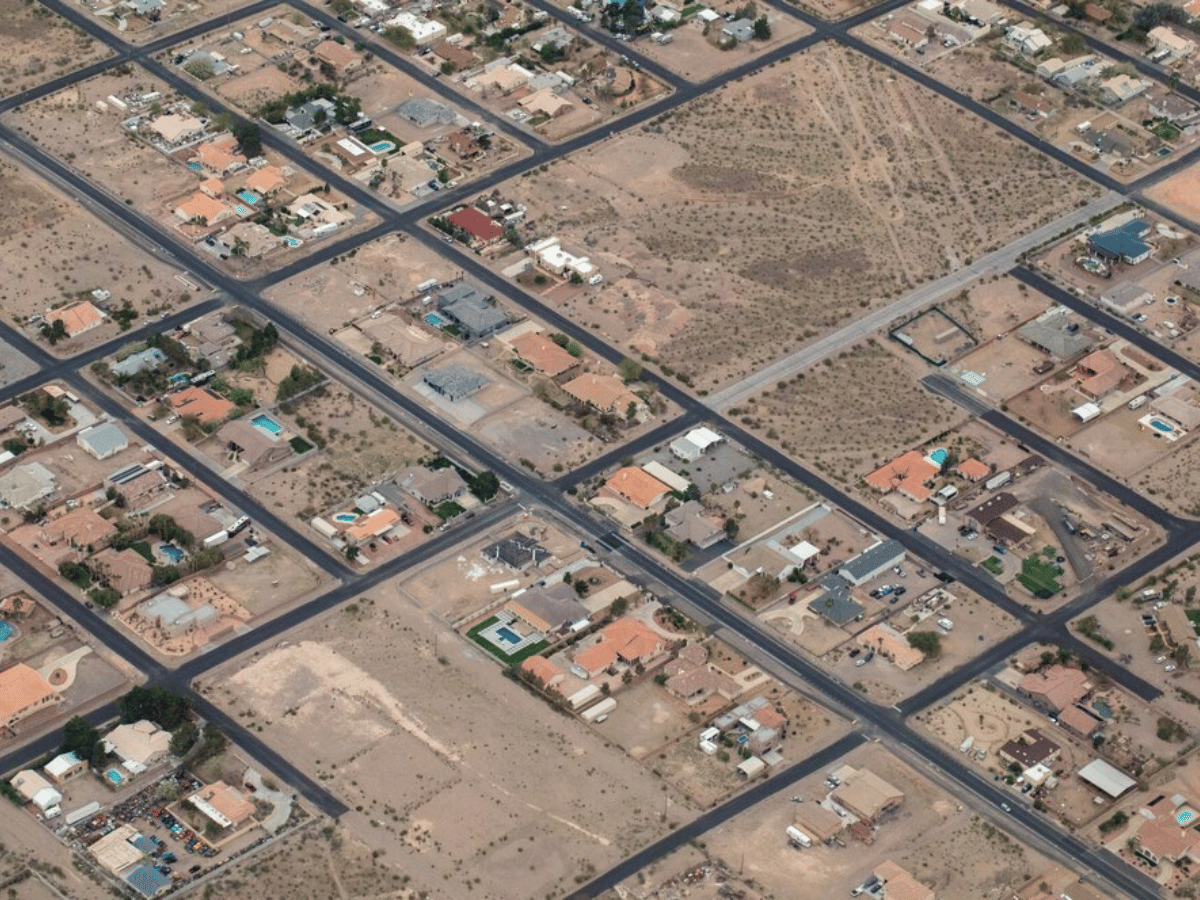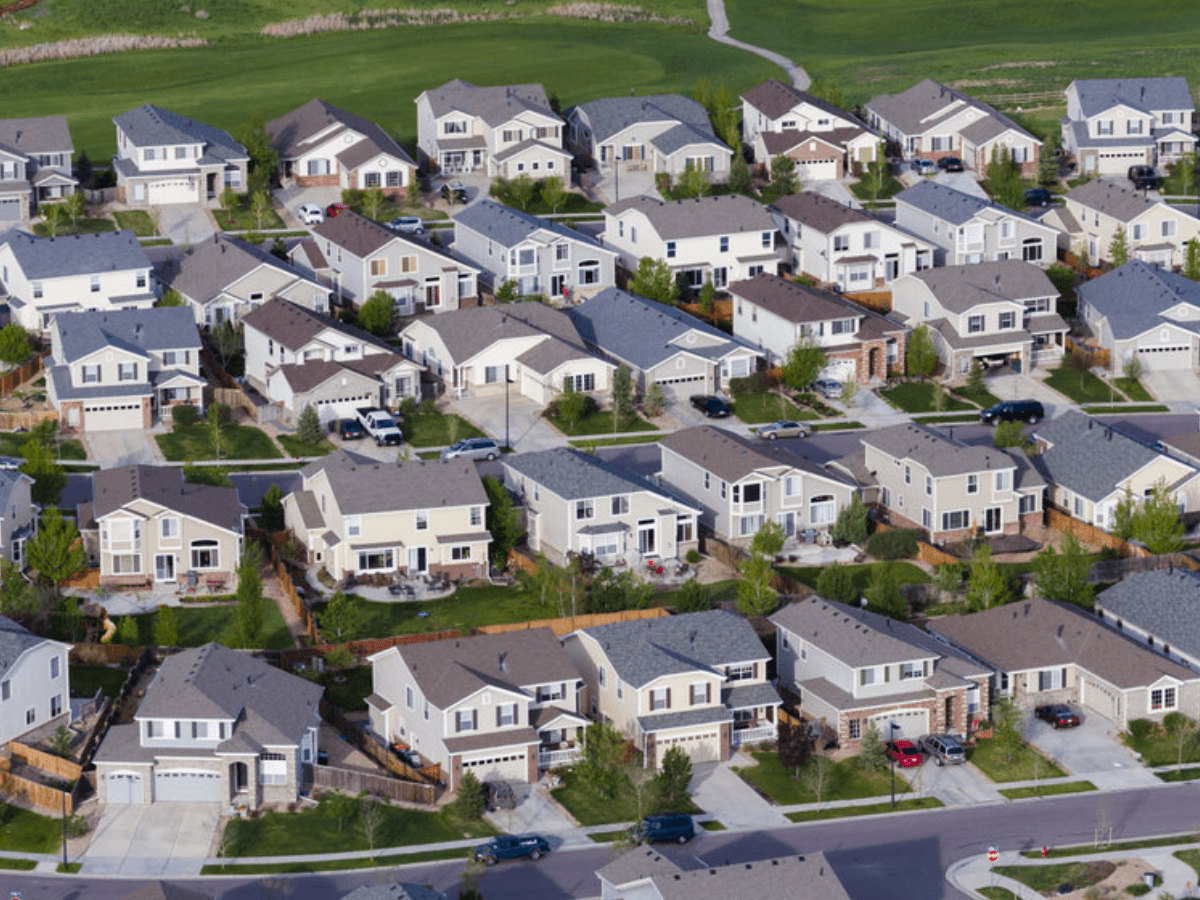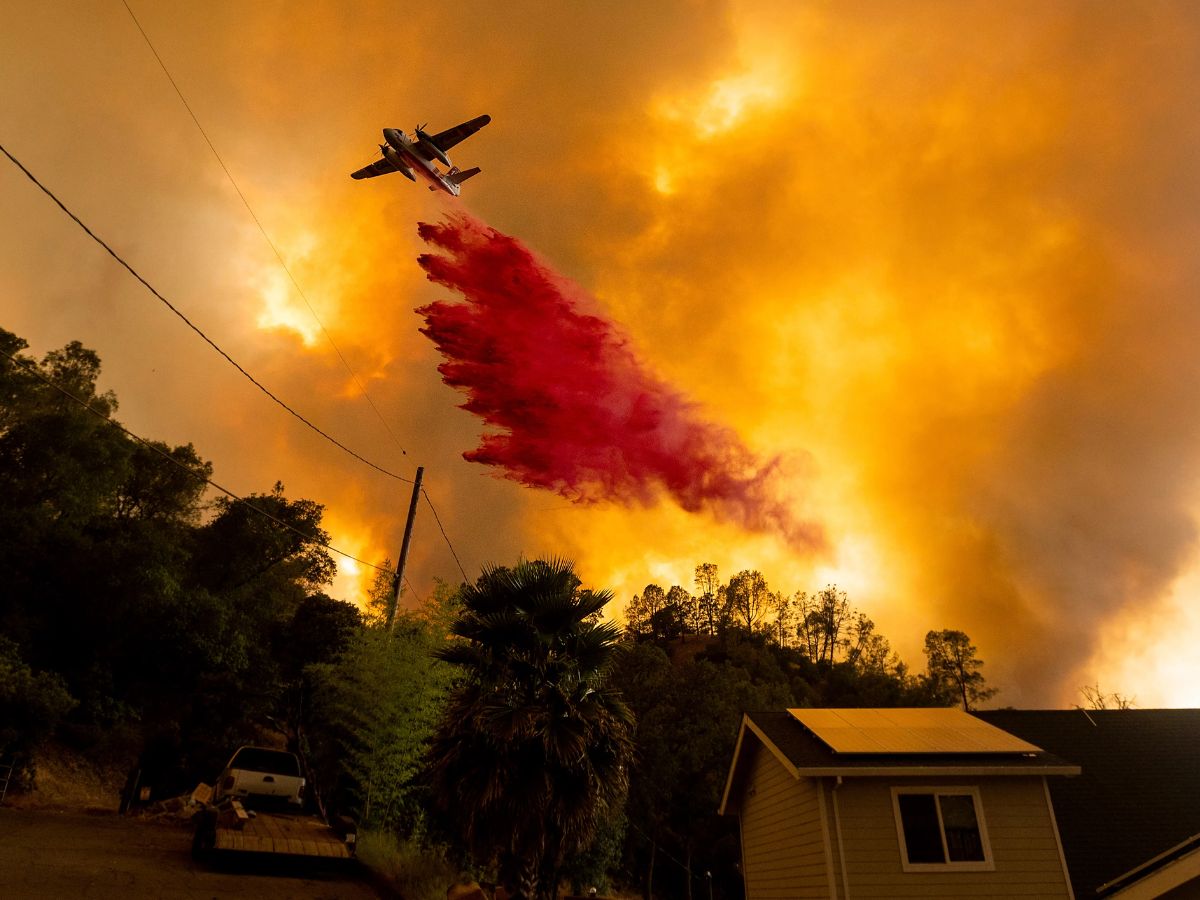
Could Trump’s Plan to Build Homes on Federal Land Fix America’s Housing Crunch?
The United States is in the midst of a housing crisis. From soaring rents in bustling cities to shrinking inventories in quieter suburbs, millions of Americans are watching in horror homeownership slip further out of reach.
Now the Trump administration is pitching an ambitious solution to fix the shortage of affordable homes: building homes on federal land. The idea could unlock millions of new homes in areas where they’re desperately needed. But as with any grand plan, the devil is in the details and there are plenty of hurdles to clear before that vision becomes reality.
Turning Public Land into Housing
The federal government is the biggest landowner in the U.S., controlling 650 million acres—more than a quarter of the country’s total land. Much of this land is in remote areas but a small fraction sits near cities and metro areas where housing shortages are most acute. President Trump’s proposal seeks to unlock federally owned idle land for affordable housing development.
A new task force, led by the Department of the Interior and the Department of Housing and Urban Development (HUD), is being set up to pinpoint the right locations. The goal is to transfer or lease such lands to local governments, nonprofits or even private developers to build homes. In some cases, the land might be sold outright, though officials say those decisions will be made on a case-by-case basis.
According to a preliminary analysis by the American Enterprise Institute, developing just 512,000 acres of federal land could yield between three and four million new homes, mainly in Western states like Nevada, Utah, California and Arizona. That’s grand when you consider that the U.S. is short an estimated seven million housing units.
Where It Could Work and Where It Might Not
The success of the plan depends on one factor: location. Only about 7.3% of federal land is located in metro areas with housing shortages, according to a Wall Street Journal analysis. In places like New York City, where the crisis is markedly severe, just 3.4% of the land is federally owned—and much of it is in areas like New Jersey, Brooklyn and Queens, where development is already dense and complicated.
Yet there are pockets of opportunity. Cities like Salt Lake City and Las Vegas, where federal land is abundant and the housing crunch is pressing, could see real benefits. Nevada, for example, is more than 80% federal land. The state already has a program in place that allows the Bureau of Land Management to sell parcels for affordable housing, and officials say streamlining environmental and appraisal reviews could help scale up the efforts.
Still, even in those areas troubles abound. Much of the federal land is in remote or environmentally sensitive areas, meaning developers would have to build infrastructure like roads, water systems and power grids from scratch. Then there’s the issue of zoning laws, which vary widely from one locality to another and could slow down or even block new construction.
Red Tape, Nimbyism and More
If there’s one thing everyone in the housing industry agrees on, it’s that building homes is rarely easy. Trump’s plan is no outlier. For starters, it would require a level of coordination between federal, state and local governments that’s often hard to achieve.
“The problem with housing policy is that politicians want a magic housing button that they can press. And that’s not how this works,” said Senator Brian Schatz, a Democrat from Hawaii, where the federal government owns about 20% of the land.
There’s the issue of Nimbyism, too—the “not in my backyard” mentality that often derails housing projects. As National Association of Home Builders CEO Jim Tobin put it to Journal: “You’re going to run up against the people who don’t want more housing in their neighborhood because it’s going to increase the line at Starbucks.”
Meanwhile labor shortages and rising materials costs are big headwinds. Which have already foiled countless housing initiatives, particularly those targeted at helping lower- and middle-income families.
A History of Trying—and Struggling
This isn’t the first time a president has tried to repurpose federal land for housing. Both Barack Obama and Joe Biden floated similar ideas with mixed results. Shaun Donovan, who served as HUD secretary under Obama, noted that such efforts frequently stumble because they require buy-in from multiple levels of government.
Yet despite that, the idea of using federal land to tackle the housing crisis remains appealing. As Tobin points out, “Finding developable, desirable land for cheap is the holy grail of home building.”
What Happens Next?
Although building on federal land might not be a magic button, the proposal offers some hope for millions of Americans struggling to find affordable housing. However, the housing crisis isn’t going away anytime soon: the Trump administration’s task force is just getting started, and it could be months or even years before any concrete plans take shape.
In the meantime, housing advocates and policymakers will be watching how the administration deals with the logistical, environmental and political snags that lay ahead.



